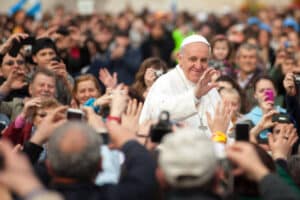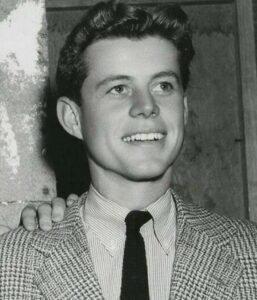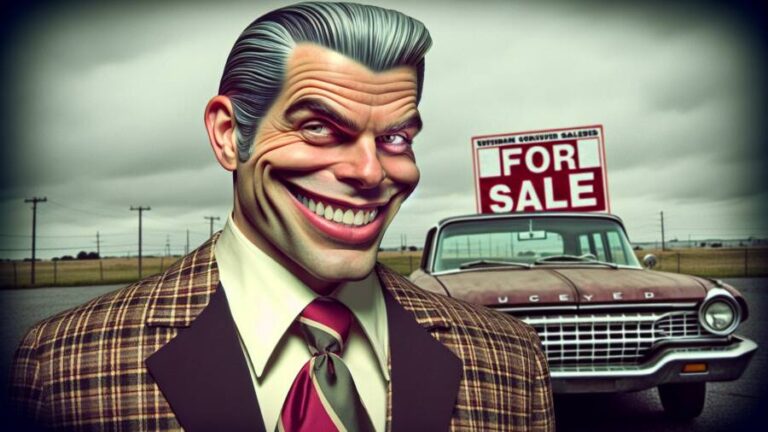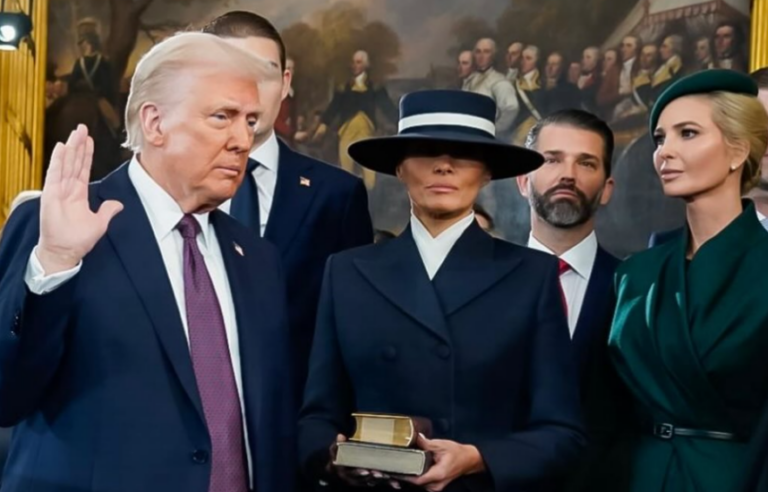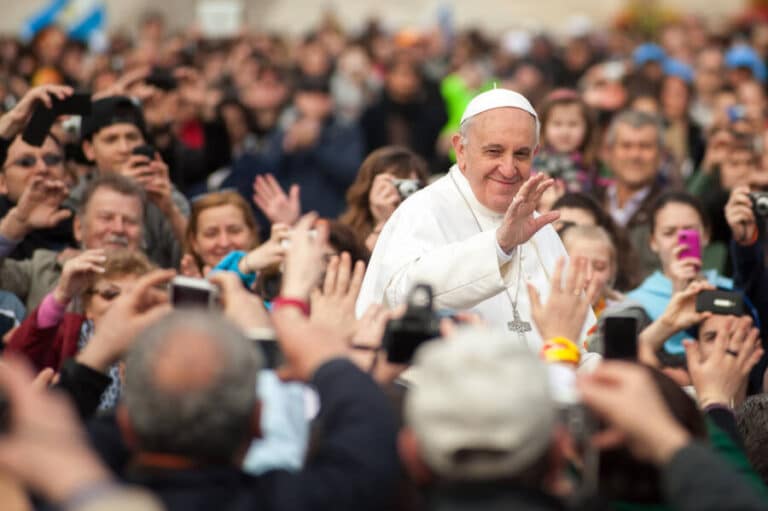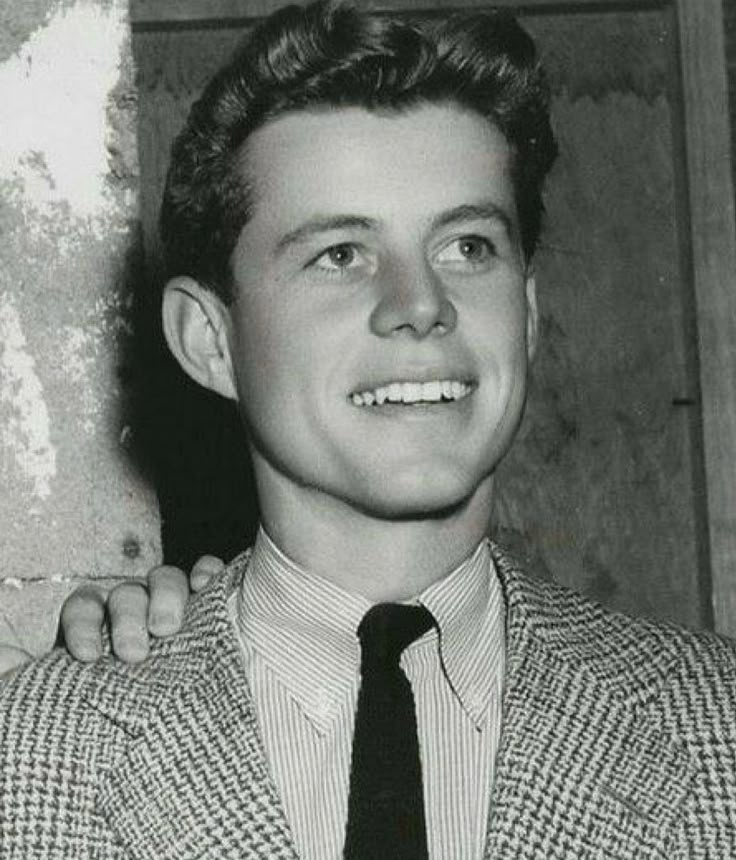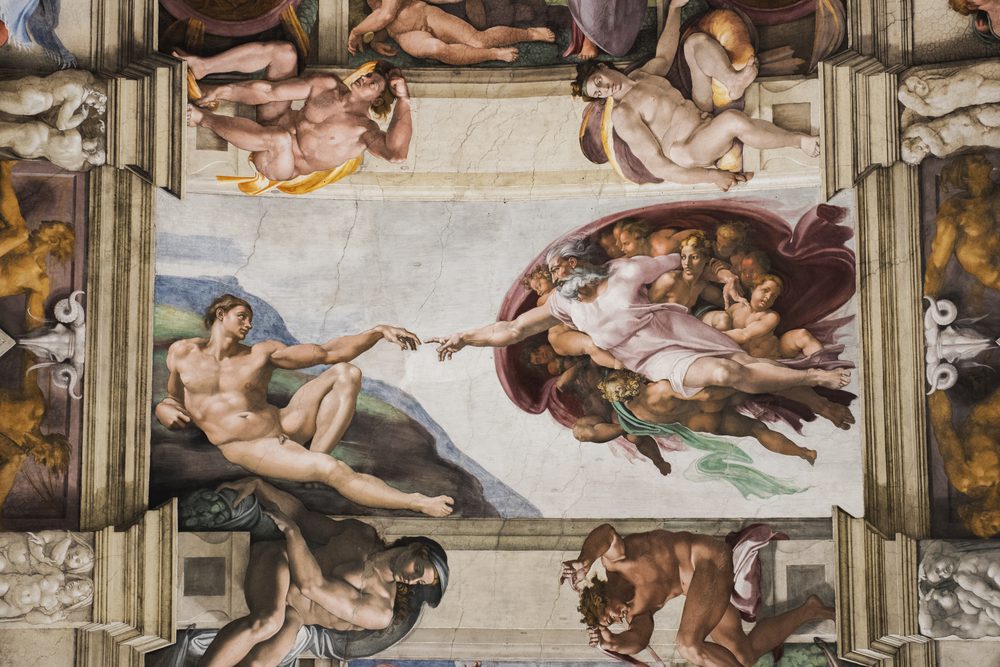
There’s a clear reason why masterpiece painting has inspired so many conspiracy theories and mystery stories over time. Some of these stories are so old, that we can’t even ask the creators what were they thinking when they hid them in plain sight.
Naturally, it only leaves us more room for our imagination to run wild about all the secret and hidden messages and symbols in these works of art. While some of these are truly clever, some of these subversive details in well-known works of art aren’t reaching the “Da Vinci Code” level of mystery, but they will make you re-evaluate everything you know about art and culture. Enjoy!
10 hidden messages in famous paintings:
God’s brainy entourage
Did you know that there was a scientific secret that’s hidden in one of the most famous paintings in the whole world? It can be found on the ceiling of the Sistine Chapel, painted by the one and only Michelangelo, where God gives Adam the first spark of life.
If you’re quick to notice, you’ll see that there’s a flowing reddish-brown cloak behind God and His angels, which is a great replica of the shape of a human brain. Even more, researchers discovered that you can also pick up some parts of the brain, such as the vertebral artery (which is represented by the angel right beneath God and his scarf) and the pituitary gland.
There are various theories that might explain why Michelangelo did this, and one of them suggests that the hidden brain is a symbol of God imparting divine knowledge to Adam. There’s even a more popular theory that believes the artist chose to paint the brain as a way of protesting the fact that the church disapproved of science in those times.
How very un-angelic
There’s an angel with an interesting attitude that can be seen on the Sistine Chapel ceiling. Pope Julius II was the one who commissioned the work, and he was extremely disliked, including by the artist who took the commission, Michelangelo.
The artist decides to take a subtle dig at the unpopular patron by painting a certain prophet to look exactly like him: prophet Zechariah. One of the angels behind Zechariah is making a snarky hand gesture which is extremely old-fashioned. It’s called “the fig” and it points in his direction, and it’s pretty similar to the “I got your nose” gesture.
The man in the mirror
The fifteenth-century painting made by Jan van Eyck hides the artist himself in its composition. Apparently, the painter couldn’t resist but sneak himself into his famous “Arnolfini Portrait”. So, in what can be seen as one of the earliest acts of self-promotion, the painter wrote “Jan van Eyck was here 1434” on the wall in Latin, behind two figures.
However, the other two figures in the same painting are definitely fair and less noticeable. If you look carefully at the mirror on the wall, you’ll easily spot two people who seem to stand where the “viewer” should be. It’s widely believed that the one with his hand raised is the painter himself.
Mona Lisa’s canvas-mate
Admit it, the popular treasure hunt thriller The Da Vinci Code was nothing less than speculative and wildly interesting. I’ve seen it over 6 times. Even if the reality isn’t exactly as portrayed in the movie, Leonardo da Vinci did hide some essential and interesting facts in his most famous works.
For example, the Mona Lisa, which is one of the most famous paintings ever, it’s one of da Vinci’s artworks that has hidden in it certain symbols. The enigmatic lady has the da Vinci’s initials, LV, painted on her right eye, but they’re so small, that you can see them with the help of a microscope alone.
What’s even more surprising is the fact that in 2015, a French scientist had the idea of using reflective light technology and claimed to have found another hidden portrait of a woman, underneath the image we have today. The conclusion was that da Vinci had another “draft” which he painted over to create his new masterpiece.
Botticelli the botanist
The painter is best known for his artwork “The Birth of Venus”, and as it turns out, he was a genuine plant lover. There’s another famous painting made by the artist, called “Primavera”, where researchers have found that there are over 500 different plant species, and they’re all painted with enough scientific accuracy to make them easy to recognize.
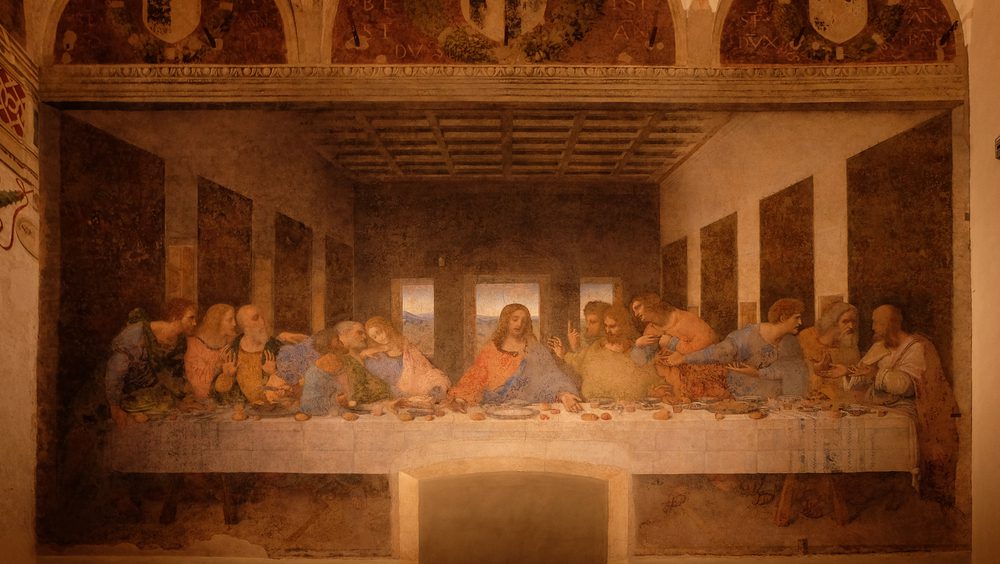
The Last Supper’s musical bread
Back to Leonardo da Vinci now. His other world-renowned masterpiece, which was also used in the “The Da Vinci Code” movie, is “The Last Supper”. The fresco is allegedly hinting at everything from Christ’s later years to the date when the world will supposedly end.
However, there’s one far less heavy theory. The Italian musician Giovanni Maria Pala found out what could be very well a little musical melody hidden in the painting.
If you want to see it, all you have to do is to draw five lines of the staff across the painting, and you’ll see that the apostles’ hands and the loaves of bread on the table are just in the right position of music notes. Then, read from right to left, and you’ll hear these music notes as a 40-second hymn-like melody.
Going strapless is seen as unacceptable
This gorgeous woman, known as “Madame X” is actually the portrayal of Virginie Amélie Avegno Gautreau, who was a Parisian socialite. The 19th-century artist, Jon Singer, Sargent, decided her beauty is worthy of a portrait, but also her name, which might have helped him get his name out there.
What Sargent actually wished happened, only for all the wrong reasons. In the initial portrait, the right strap of Madame Gautreau’s dress fell down her shoulder, which the high-society viewers found to be extremely outrageous. Sargent repainted the strap in its proper place, but the backlash kept on going and he ended up leaving Paris because of this.
There’s a skull skulking in this room
You’re definitely going to notice the skull that’s hidden in “The Ambassadors” by Hans Holbein the Younger. Don’t rush into grabbing your magnifying glass for this one, as it’s pretty big to notice.
The beige-and-black diagonal blob at the bottom of the painting is shaped like a skull if you look at the painting in a certain way. All you have to do is take a look from the bottom right or left of the image, and see if you notice the skull.
The other Last Supper
Vincent van Gogh, who painted the famous “Starry Night” and “Self Portrait” also made one of the most colorful café scenes, called “Café Terrace at Night”. But what if it is more than just a simple depiction of diners going out?
There are various clues that point out how this painting could be the modern version of da Vinci’s “Last Supper”. If anything, Van Gogh was extremely religious, and his father was actually a minister. In the image, we can see 12 people who sit at the café. They are standing around a long-haired figure who just happens to be standing in front of a CROSS-LIKE shape on the window.
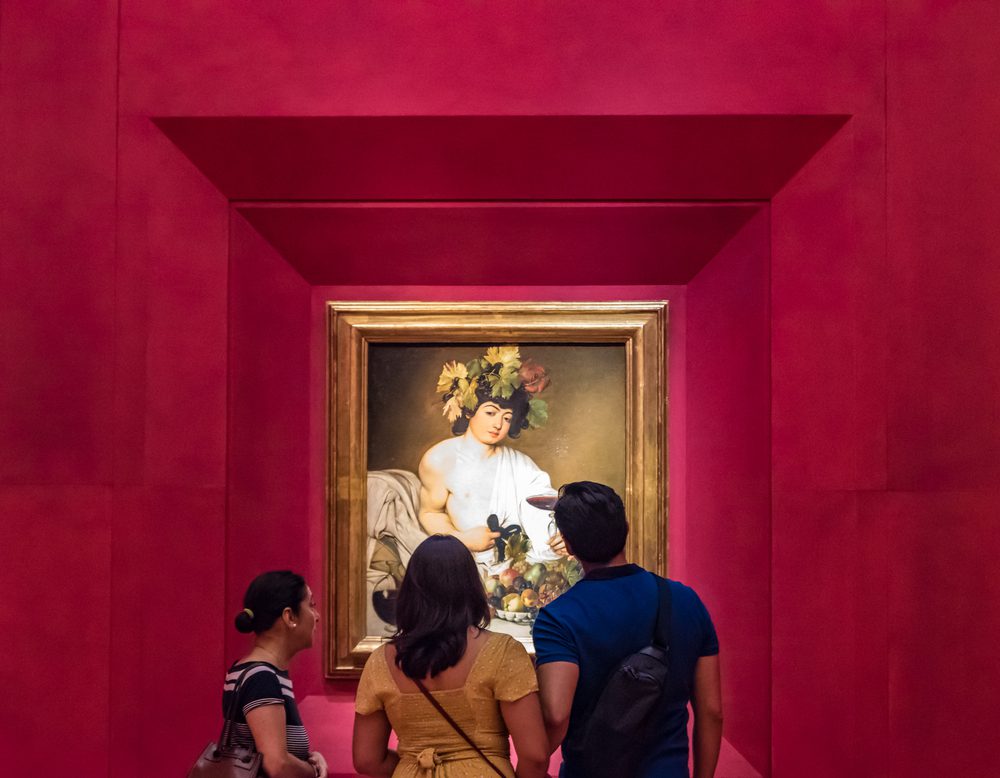
Drowning your sorrows in wine was never as artsy as this
Caravaggio’s “Bacchus”, the Roman god of wine, is another artwork that hides a miniature self-portrait of the artist. In 1922, an art restorer was doing his job, cleaning up the canvas of the famous artwork.
As there was centuries’ worth of dirt buildup on the canvas, no one knew that there is actually a hidden portrait in the painting. But when the art restorer finished his job, it was clear as day.
For some more inspirational artwork, check out: 50 Paintings You Should Know
And if you enjoyed reading this article about hidden messages, we also recommend reading: 10 of the Most Significant Paintings in the World

